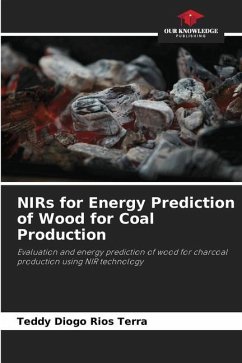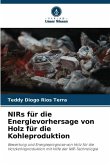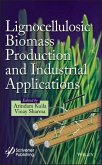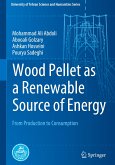The aim of this work was to study the viability of Sclerolobium paniculatum Vogel and Qualea grandiflora Mart wood for making charcoal with characteristics favourable for use in the steel industry. Seven trees of each species from the cerrado sensu strictu were used, from which 5 cm thick discs were removed at the base of the trunk of each individual, which was felled at ground level. Test specimens measuring 2.0 x 2.0 x 5.0 cm were taken from each disc, in the outer, middle and central portions. The variables assessed were: gravimetric yield, volatile material content, ash content and fixed carbon content in the charcoal. The results showed that Sclerolobium paniculatum Vogel and Qualea grandiflora Mart obtained gravimetric yields of 30 per cent and 26 per cent respectively. In addition, the quality of the charcoal from these species showed a volatile material content of 26 per cent and 21 per cent in the charcoal qualification. Near-infrared spectroscopy was used to predict thegravimetric yield, volatile material, ash and fixed carbon contents using the chemometric programme "The Unscrambler®".
Bitte wählen Sie Ihr Anliegen aus.
Rechnungen
Retourenschein anfordern
Bestellstatus
Storno








